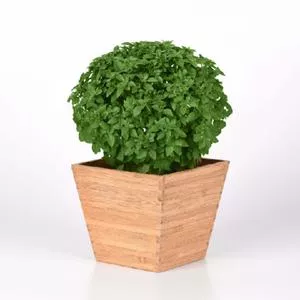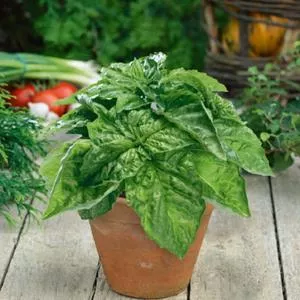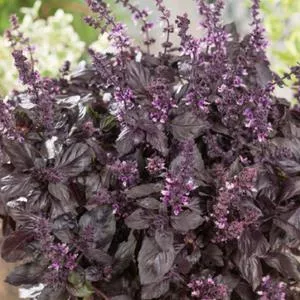Basil
Basil is an annual plant that has been cultivated for centuries and used both fresh and dried as a culinary herb. It was commonly found in American gardens by the late 1700s. The plants thrive in consistently moist, well-drained soil in a location that receives full sun. See below for more information.
15 found















